Interesting Facts Fans Need To Know
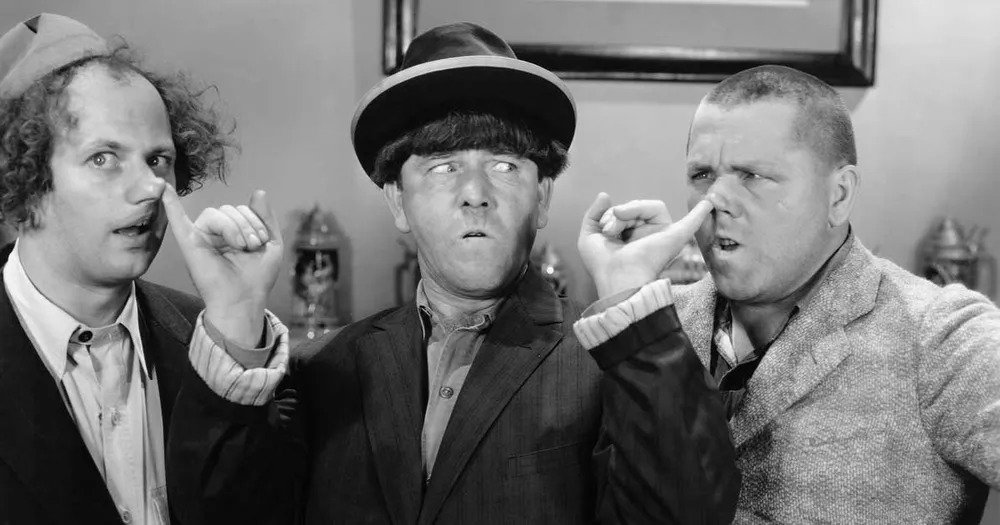
During their tenure in the public eye, there was never a shortage of Three Stooges' secrets.
During the early to mid-20th century, these figures played a significant role in American humor. These three characters were well-known for their slapstick routines and comedic face-pulling from the early days of vaudeville in the 1920s to the dawn of television in the 1950s and 1960s. Columbia short films, which have been re-aired numerous times since the 1950s, are what they are best known for.
So long as the Stooges were in the spotlight, their cast members underwent many changes. Because of this, many interesting tidbits, secrets, and goofs are linked with them both on and off-screen.
View the slideshow to learn more about The Three Stooges' mysteries. Make sure to SHARE this article with your social media friends if you have any further information to add!
Curly's Low Observation
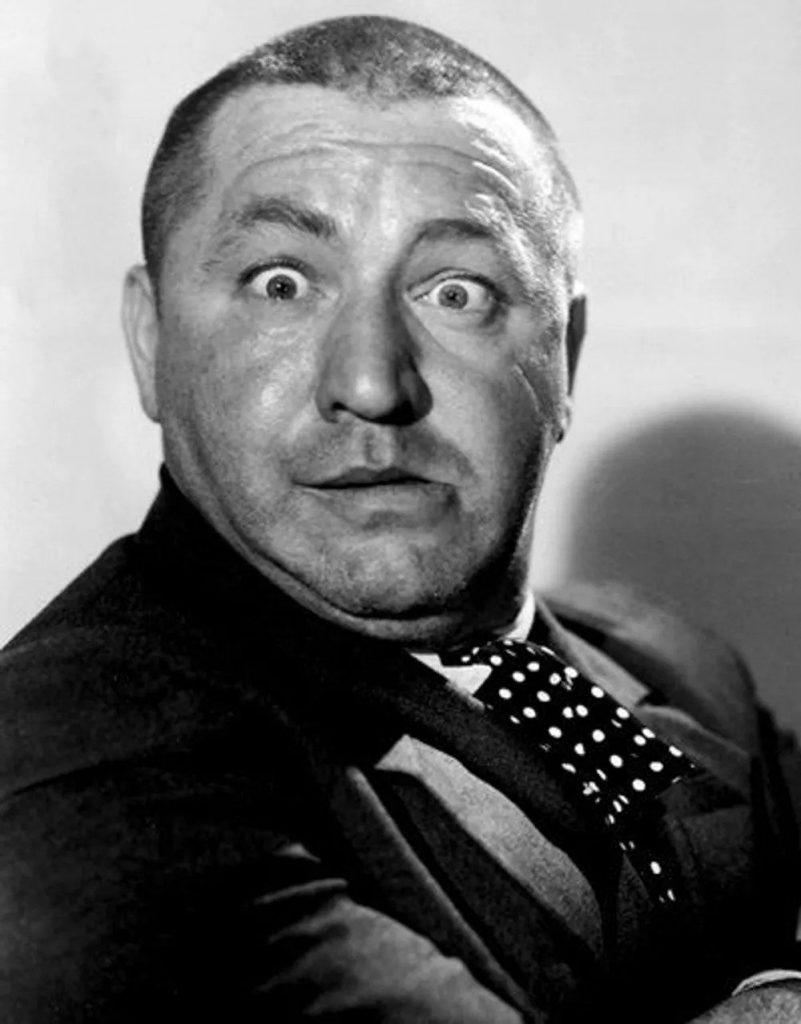
Shemp was removed from his position, and Curly, Moe's brother, took his place. The short cartoons feature all three Stooges, but Curly is the most gregarious and easily influenced.
Curly was an introverted and shy man who favored spending time with his dogs rather than mingling with other people. He would rather be alone with his dogs than with other people. As time went on, the only times he behaved in this manner were when he was with the Other Stooges or extremely drunk, which occurred many times throughout his life.
Where Did Vaudeville Get Its Start?
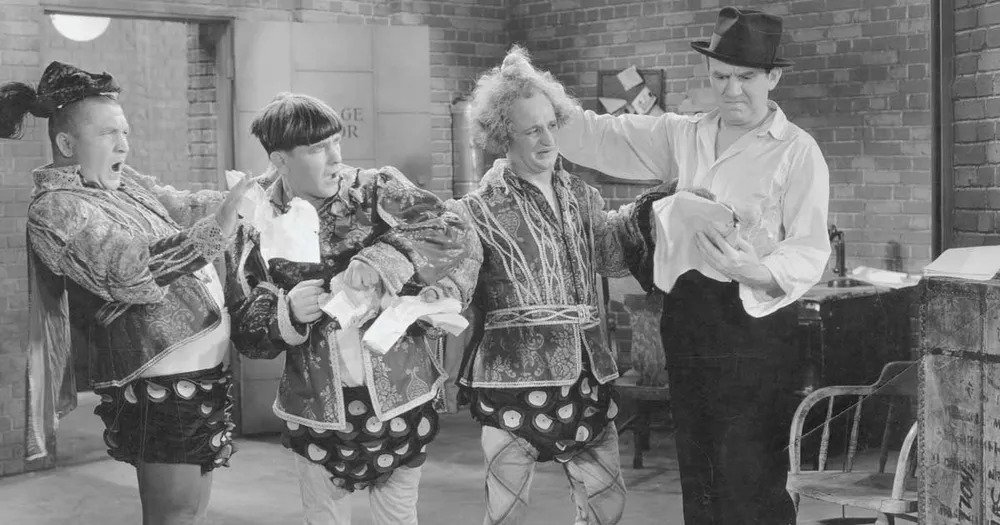
The Three Stooges were initially inspired by a vaudeville act that performed under the name "Ted Healy and His Stooges" in 1922. Larry's brothers, Moe and Shemp, were the first to participate in the activity before Larry joined in.
The Stooges were presented with the option to sign a contract with 20th Century Fox in 1930, even though band leader Healy was not there. Healy ensured that Fox withdrew their invitation to work with Healy and the Stooges because the Stooges were already working for him.
The Shea Butter
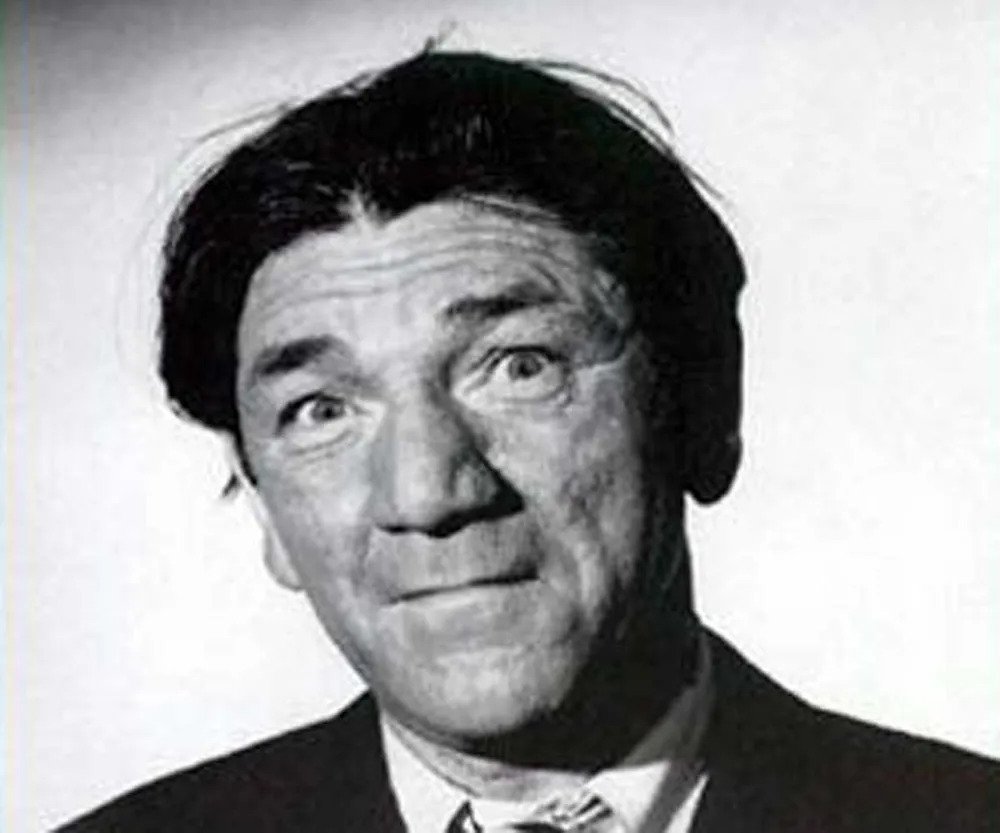
Ted is a product of our collaboration. During these early years, when Healy had complete authority over the band, it was challenging for The Stooges to deal with his dominance.
Even though Healy appointed Moe as the group's business manager, Shemp found the experience no longer enjoyable. For Shemp to pursue a career in comic filmmaking in Brooklyn, the Three Stooges were disbanded by Shemp.
Death of Healy
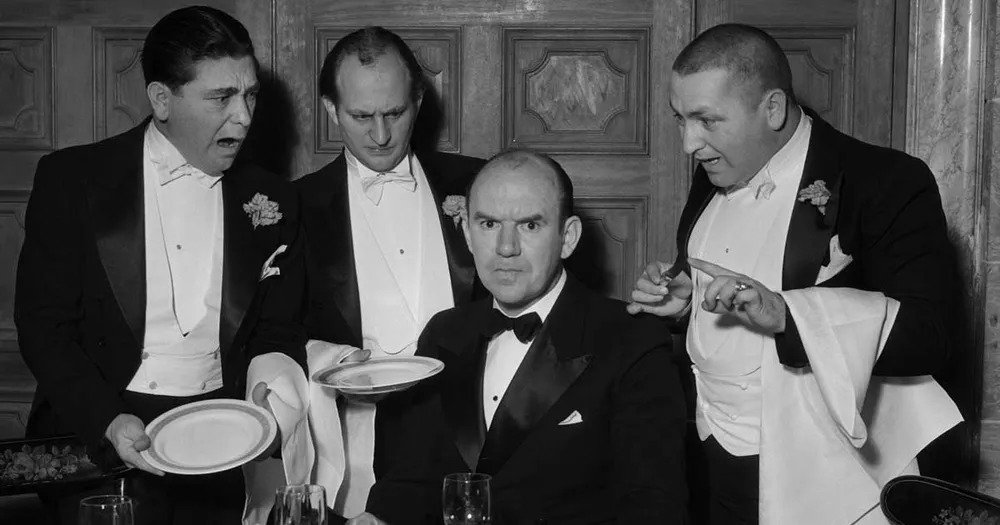
For many years, Healy and the Stooges had been feuding over whether Healy was more disagreeable when he was under the influence of alcohol. It is unknown what caused him to pass away in 1937 when he was 41 years old.
It's possible that a different tale would have been revealed if Healy's face had been covered with bruises. On the Sunset Strip in Los Angeles, he went out with his friends to celebrate the birth of their child. Later that night, he allegedly passed away after suffering a heart attack earlier in the day.
There are persistent rumors that he was involved in a fight on the night he passed away or started a brawl. Unfortunately, no one can definitively say what took place. Given that I am a combative person with a short fuse, it was not hard to think this was the case.
Possibility-Scanning
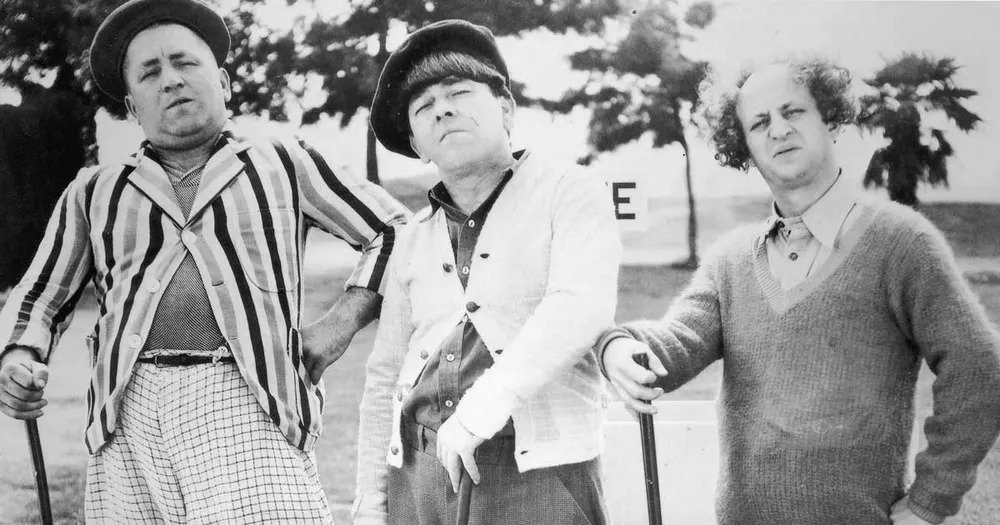
Columbia Pictures gave the Stooges a contract that would keep them busy for the next forty weeks, making at least eight short films.
The comedic shenanigans that the trio engaged in made them extremely well-liked by the audience, even though they had an excessive workload. Unfortunately, the president of Columbia, Harry Cohn, saw the Three Stooges as an inexpensive product with a great deal of untapped market potential, keeping them in the dark.
Because he left an open option in their agreements, they were required to renew their contracts annually. It was a despicable form of intimidation for Cohn to try to instill in the Stooges the fear that they could lose their jobs at any moment because the audience disliked them.
Troubles With Money
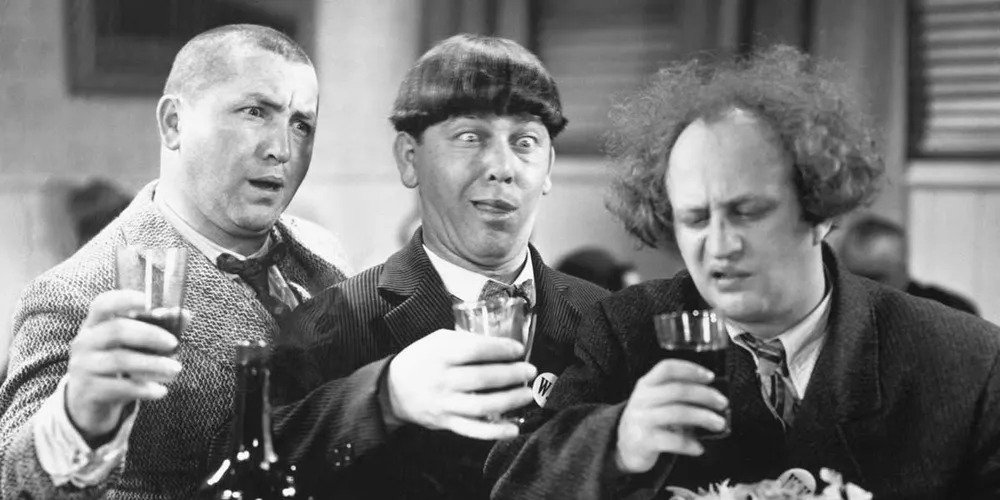
As a direct consequence of Cohn's contract not being closed, the Three Stooges received payment for their performances significantly lower than what they had anticipated.
When they first signed the arrangement, Columbia paid each of them $1,000 weekly, which was a respectable sum given the economic climate of the 1930s. Because they were considered to have committed a single act, the payment of $1,000 had to be divided between them. Even after they were nominated for an Oscar and their weekly income reached $7,500, they continued to have to split it.
Repeating the Same Task Over and Over
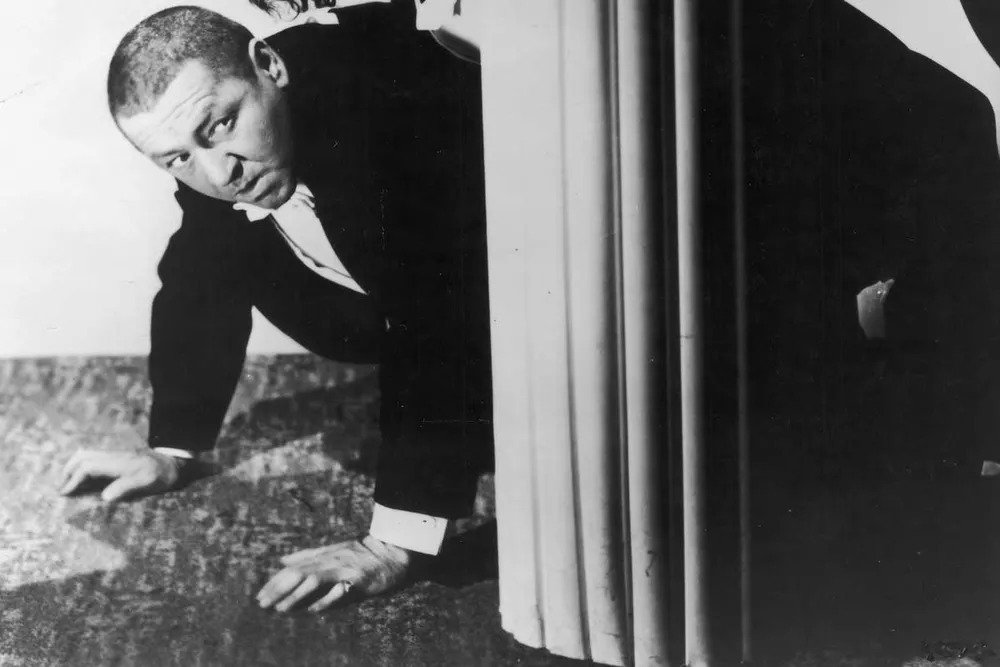
In the film The Three Stooges, there is a repeating sequence in which Curly may be seen running in circles. In subsequent scripts, this was added on purpose since viewers thought it was funny and appeared in those scripts.
However, it all started as an impromptu composition so that Curly could use it in those moments when he forgot his lines.
Astonishing Feats of Strength
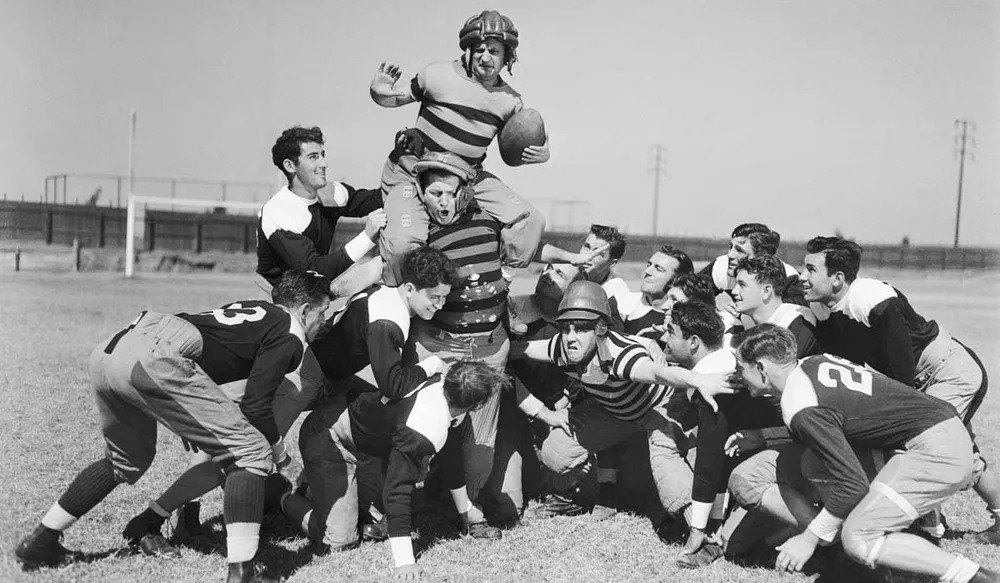
The Three Stooges were known for including dangerous antics in several movies. Most of the time, this was merely an act that had been explicitly rehearsed to be filmed.
During a performance in which one of the characters played the role of a dartboard, Larry managed to get a fountain pen stuck in the back of his skull. Ouch! After another joke went wrong, Curly had to get stitches on his forehead, but he was back on stage in a wig in a matter of hours. They were about to die from being trampled by a team of professional football players! Their rejection led to the stunt doubles sustaining significant injuries, including broken bones and crushed ribs, as a consequence of their performance.
Curly's Limp
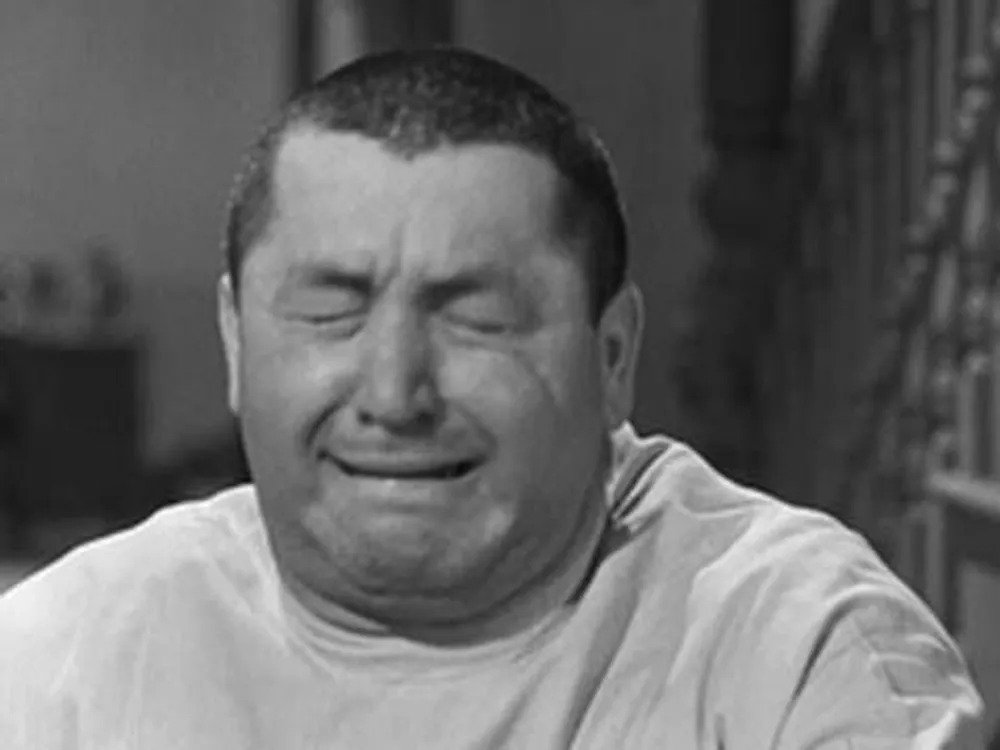
When it came to Curly, the Three Stooges would employ a broad array of different physical gags to emphasize their point. Fortunately, one of them was not the result of a set piece but rather an accident that occurred while a child was playing.
His distinctive gait contributed to the endearing quality of his demeanor. The accidental gunshot wound to the ankle he inflicted on himself as a boy while cleaning the weapon that belonged to his father was one of the many factors that contributed to his innate sense of comedy.
Squanderers
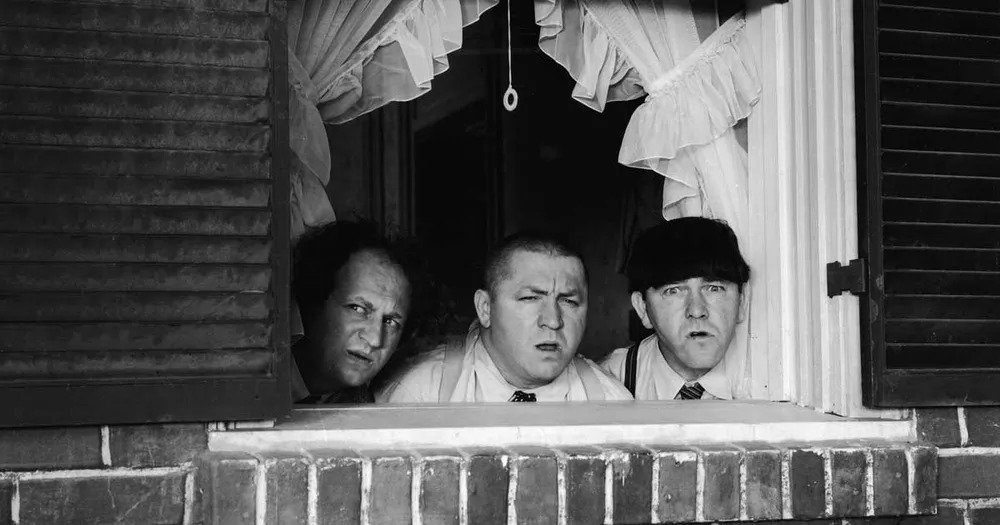
Although the movies starring the Three Stooges were extremely well-liked by audiences, many in the film industry considered them nothing more than B-grade entertainment.
They were regularly forced to employ sets previously used in other films to keep within their budget, which frequently meant they had to sacrifice the quality of what they shot. Hey used not only the sets, props, and whole clothes from previous productions but also borrowed more items.
Disgrace on a Head that Has Been Shaved
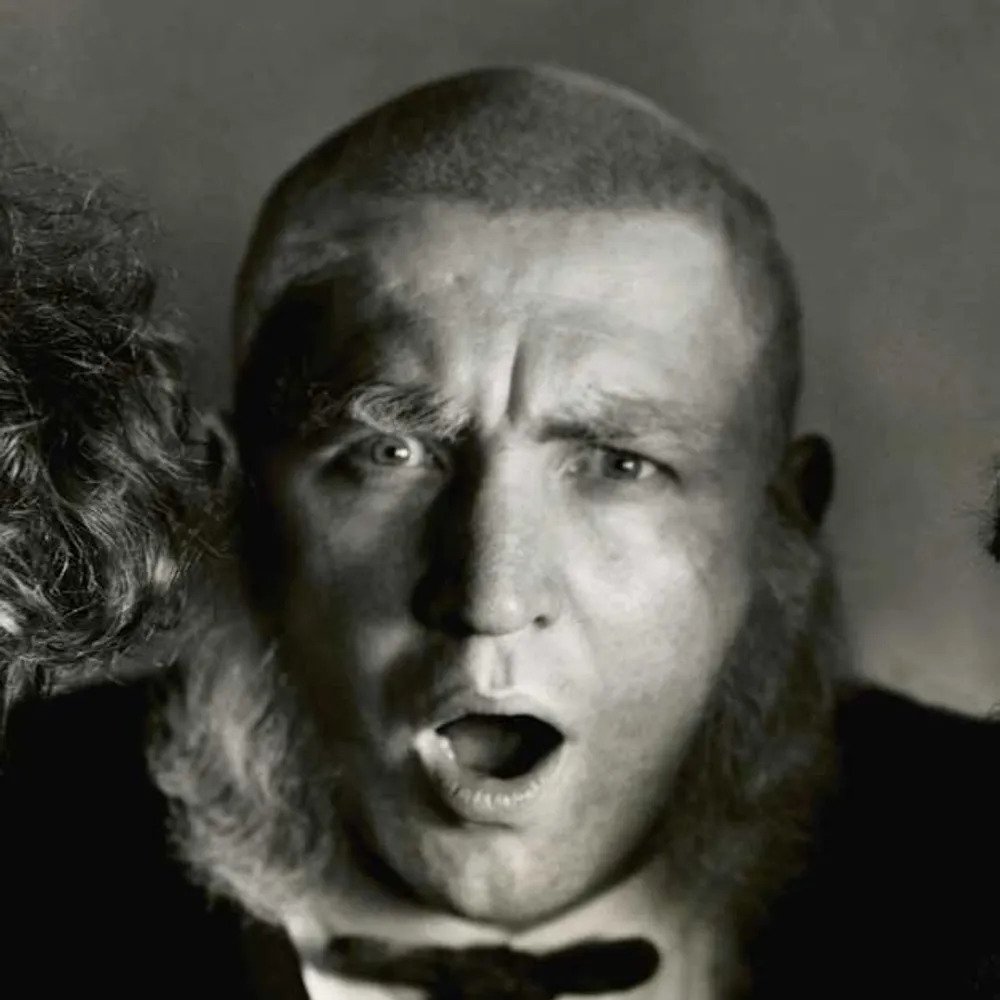
To cast Curly in a role that could make the audience laugh, a studio executive gave him a buzz cut so that he could be considered for the part of an entertainer (even though he previously had a thick mop of hair and a handlebar mustache, which sounds pretty funny to us).
He was mortified that his head had been shaved and assumed that women did not find him attractive. e always ensured to shield his head from the sun by donning a hat whenever he went outside. Hile on tour, he turned to binge drinking and eating excessive amounts of junk food to cope with his anxiety over performing poorly.
The Bowl Cut by Moe.
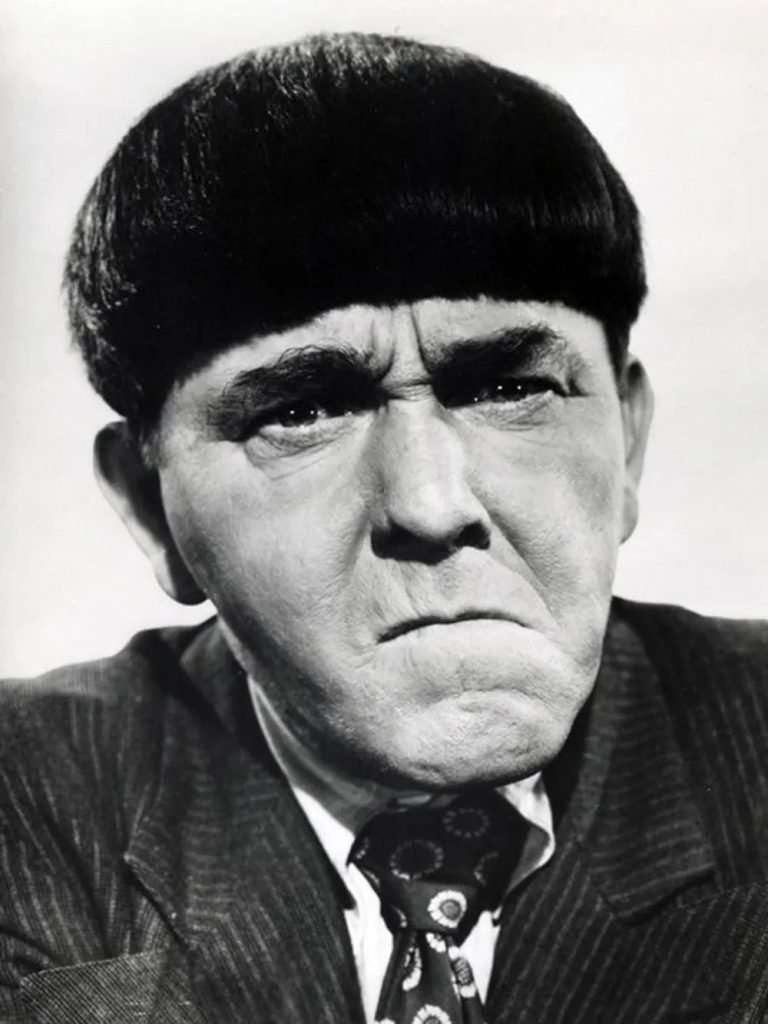
When it came to the group's hairstyles, Moe's bowl-cut was the one that stood out the most due to its distinctive shape. n spite of the fact that his mother had always wished for a son, she ultimately decided to let her son's hair grow longer so that she could have a daughter.
Moe decided to chop his hair short on his own after being subjected to a very upsetting episode of bullying in school, and he never grew it out again in his entire life.
Curly's Unhealthy State of Being
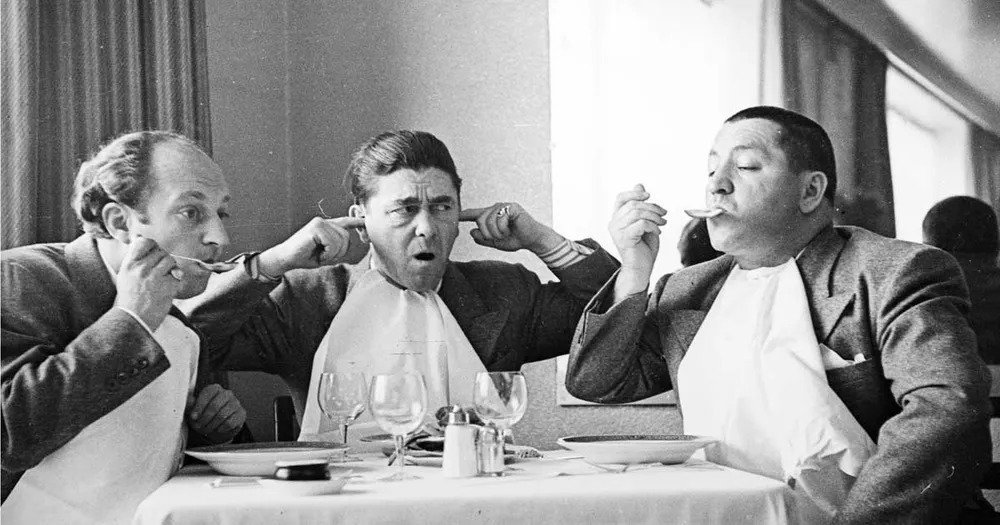
Because of his childlike nature and enthusiasm for getting into trouble, the crowd always seemed to gravitate toward Curly. n the other hand, as the years passed, he started to experience health problems that got progressively worse as time went on.
This was most likely the result of him consuming excessive food and booze. His cinematic career was cut short when he suffered a stroke in 1946, which ended his work in the entertainment sector.
Before having a second stroke and spending the rest of his life in a wheelchair, he made a brief cameo appearance in one more Three Stooges movie. when Jerry "Curly" Howard died at the age of 48, and he was one of the first of the Stooges to die.
After a long absence, Shemp has returned.
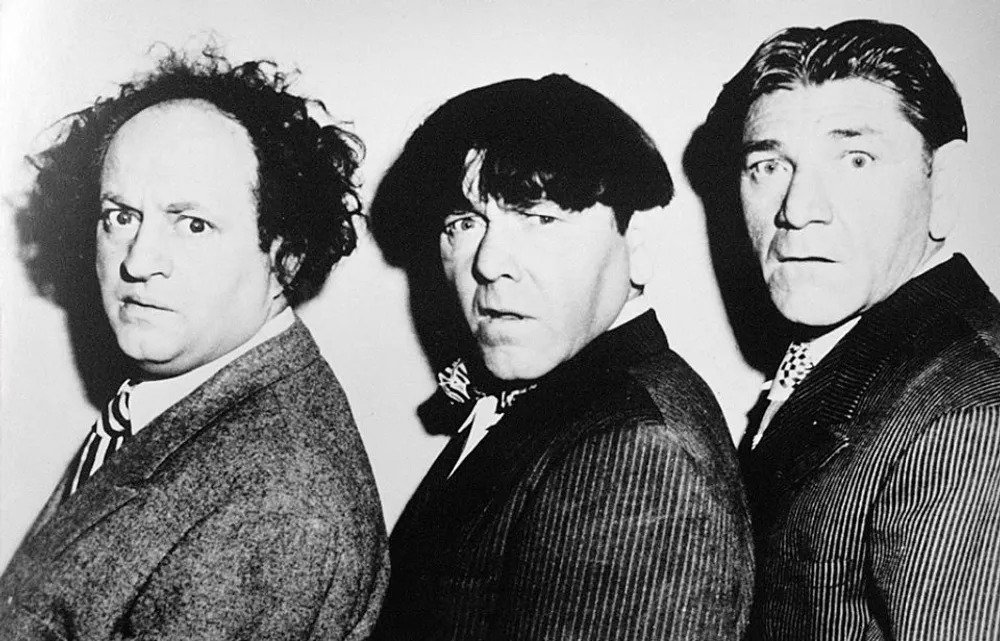
After Curly fired his first shot, Shemp got back together with the Three Stooges. Hemp found out during this period that movie directors and executives were looking for him to fulfill a role comparable to Curly's before the latter quit the industry.
Although the audience was most enthusiastic about Curly's performance, Shemp was hesitant to imitate his brother's mannerisms because of his excellent response to Curly's. He did try, though the reviewers and the fans judged his performances to be, at best, unremarkable.
A few short months later, Shemp passed away during the filming process. n order to give the impression that Shemp had finished shooting these movies, footage of stand-ins was used in conjunction with previously shot material of Shemp.
A Troubled Past in Childhood
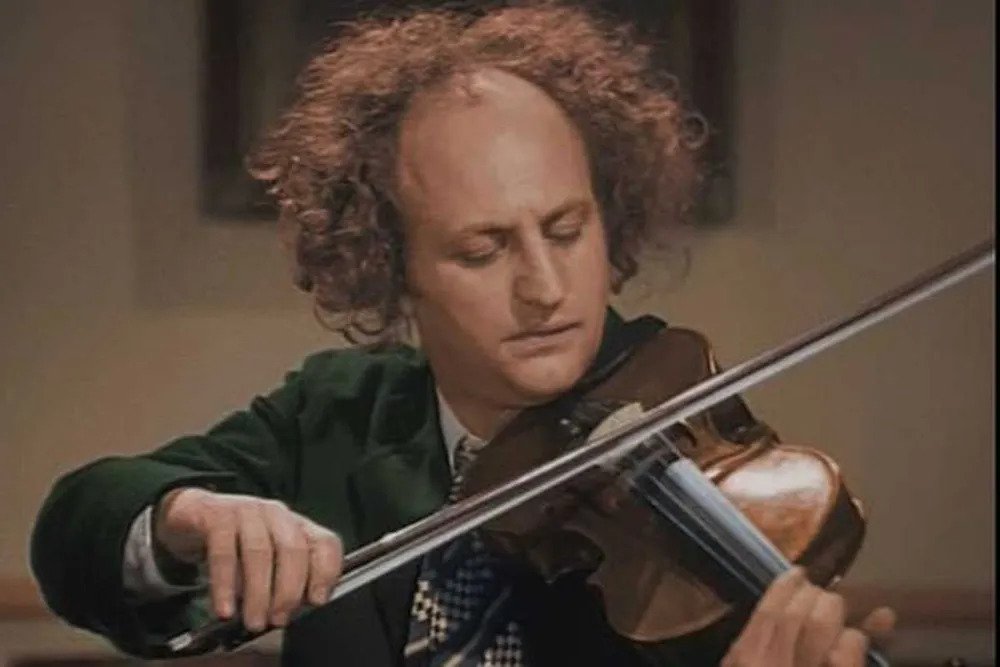
Larry is typically shown as the most musically inclined of the three characters in the three short films. Nevertheless, the true story of how he learned to play the violin is terrifying.
Larry's father, a jeweler, would use acid to etch the designs he wanted into his jewelry. Hen Larry was a child and attempted to swallow the acid; his father intervened and smacked the container out of his hands. The acid splashed into Larry's arm, causing it to rust over time.
To strengthen his son's arm muscles, Larry's father enrolled him in violin lessons. These lessons appeared to assist in the recovery of some of the damage.
Moe's Pie-Making Skills
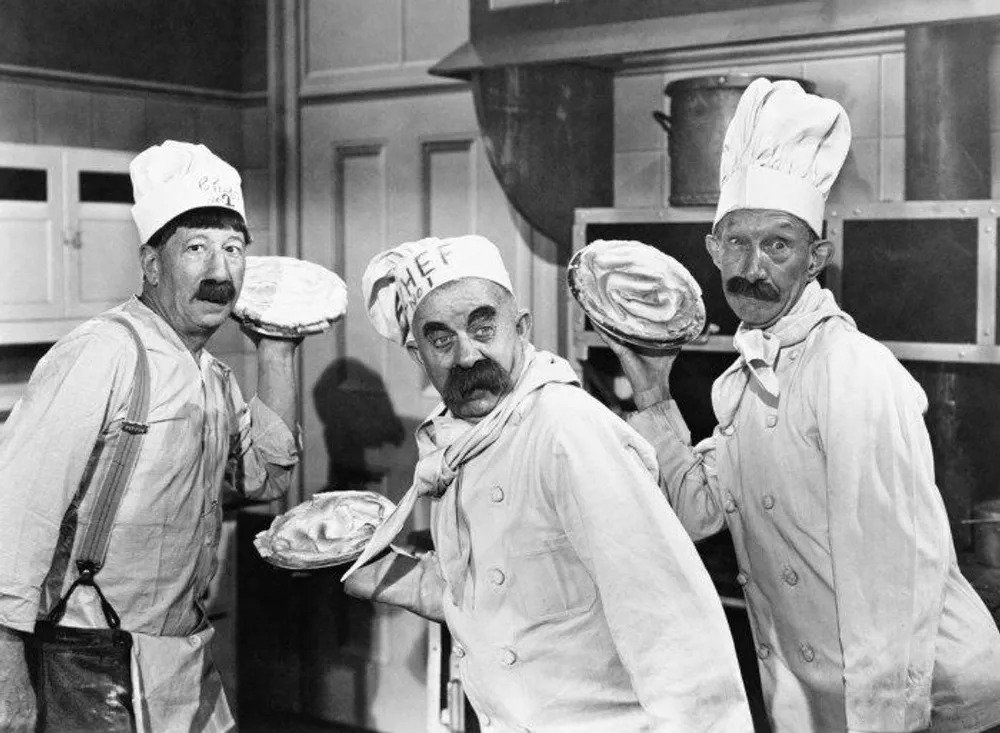
Moe was the brother that paid the most attention to finances out of the three. e served as the primary financial officer for the team. Because of this, he felt a sense of responsibility to maximize the use of the few resources and props available to him due to the meager budgets of his films.
It was essential for Moe that he always hit his target when tossing pies in the movies because there weren't many pies available on set. Because of this, Moe threw pies with pinpoint accuracy.
He perfected his throwing technique to the point where he could calculate the distance a pie would travel and the possibility that it would hit an unlucky receiver in the face based on the weight of the pie.
Larry the Dancer
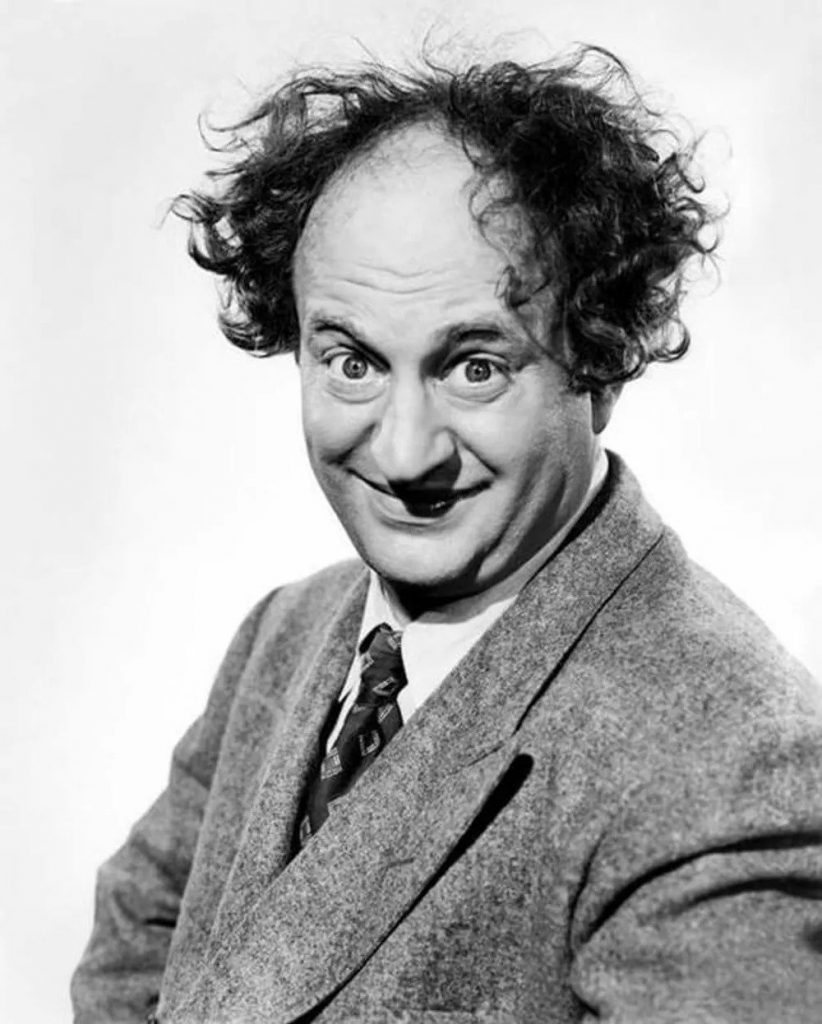
The fact that Larry had such a strong passion for dance is something that not many people are aware of. e was known to frequent the Triangle Ballroom in Brooklyn, and whenever he went there, he was always ready to have a good time on the dance floor.
He was frequently tardy for filming and rehearsals because he was still exhausted from his frequent evenings at dance clubs. Even after he had been paralyzed below the waist for most of his life, he continued to attempt to dance even after retiring.
How Does "Slap" Sound?
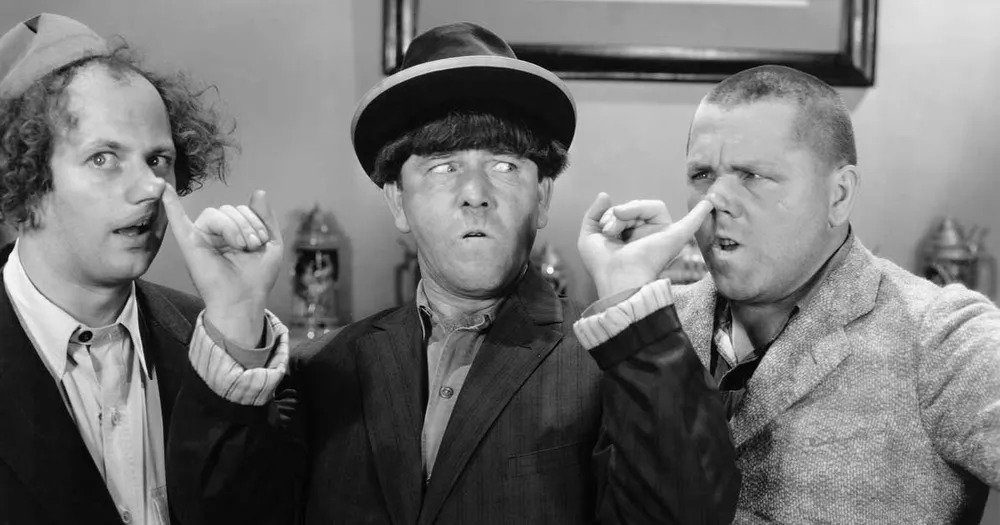
You are aware of why the sound you hear when characters smack each other does not sound precisely like a slap, which is because it is not a slap.
Because it was felt that slapping Moe wasn't believable enough, a sound effect was used instead of Moe himself in the scene. Even worse, Moe would slap the other guys when they did something wrong!
A Nomination for an Academy Award
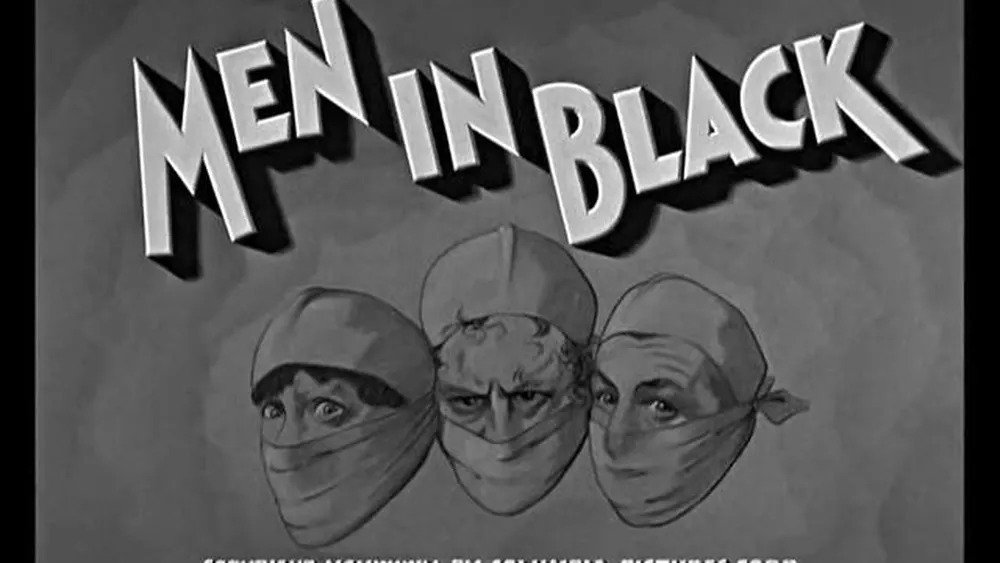
Even though many people aren't aware of it, The Three Stooges were Oscar contenders. It's hard to accept because comedies are one of the film genres that the Academy frequently ignores.
In 1934, the film Spoofing Men in Black was submitted for an Academy Award. The original movie, Men in White, starred Clark Gable and Myrna Loy (1934). The Three Stooges were considered for an Academy Award nomination for the very first time in their careers.
The Star-Spangled Boulevard in Los Angeles
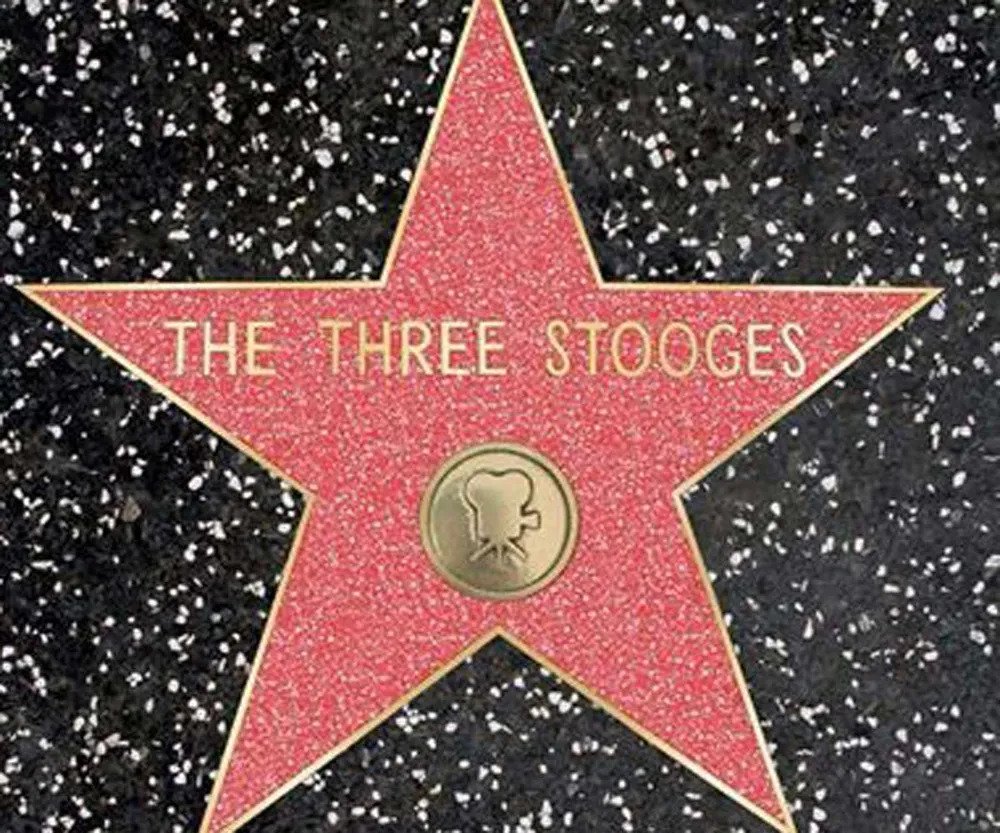
Even though The Three Stooges have been gone for several decades and the craft of comedy has advanced, their legacy is still strong today. Hey was honored with a Hollywood Walk of Fame star in 1983.
The legacy of the people who made the first movies has been carried on in several ways, including re-releases, animated adventures, and remakes. However, even if none of the men still alive today can see it, it will not change the fact that they will be remembered in all of the hilarious splendor they possessed.
Not the Authentic Shemp
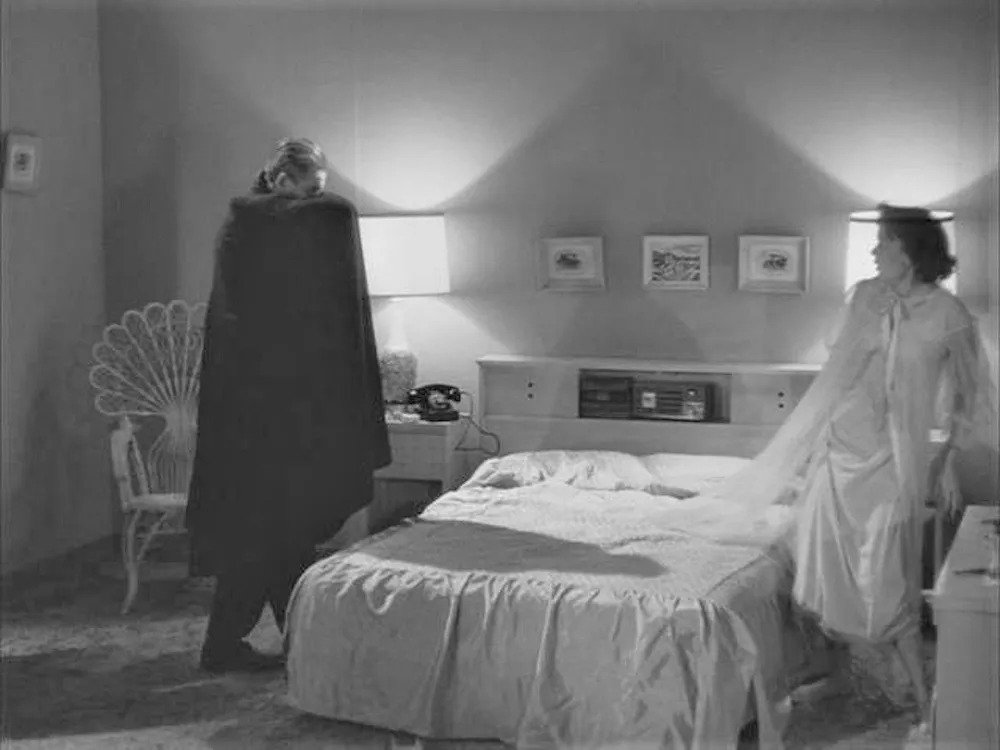
As we know, Shemp passed away while recording several different Three Stooges shorts. Hey were produced by employing a variety of techniques, including the utilization of body doubles and the recycling of video footage.
Over the years, people have come up with the name "fake Shemp's" to refer to body duplicates who are used to resemble actors who have passed on.
The Revival of the Television Industry
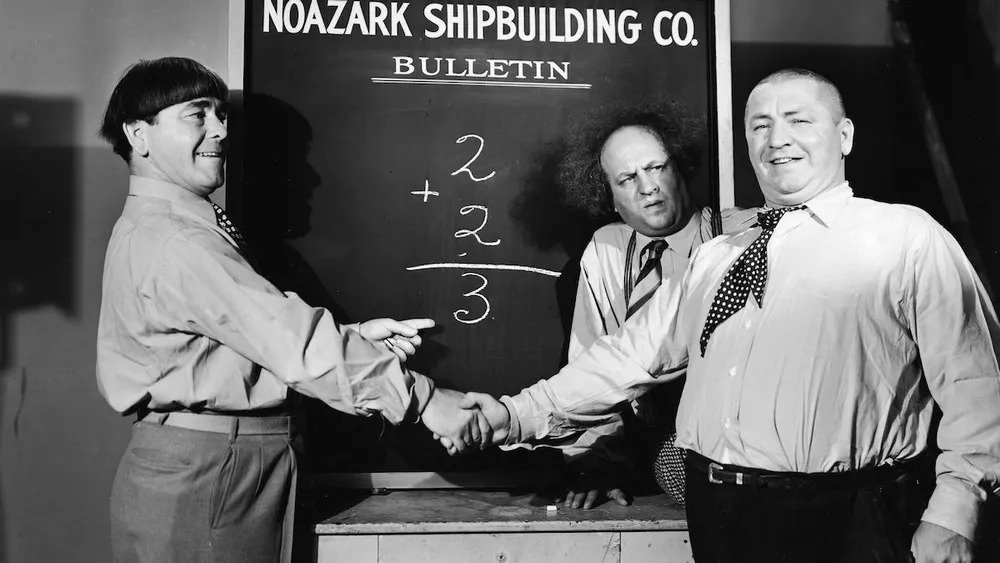
The Stooges enjoyed a fruitful and eventful career during the decade of the 1950s. n a personal level, Moe and Larry had to come to terms with the passing of Curly and Shemp Howard.
Because their television shorts were being broadcast, the band was seeing a boom in popularity on a professional level, which contributed to their success. t wasn't until 1959 that all 190 of the short films The Three Stooges created were broadcast on television consistently.
Joe's Nickname

In the beginning, Joe DeRita had a hairdo parody of the one Shemp wore in the Stooges act during the 1950s.
Following the success of the group's television advertisement, DeRita was encouraged to buzz his hair and, eventually, shave his head to mimic the appearance of Curly Howard. Additionally, the nickname "Curly-Joe" was given to him by his peers.
This is the Kook Tour.
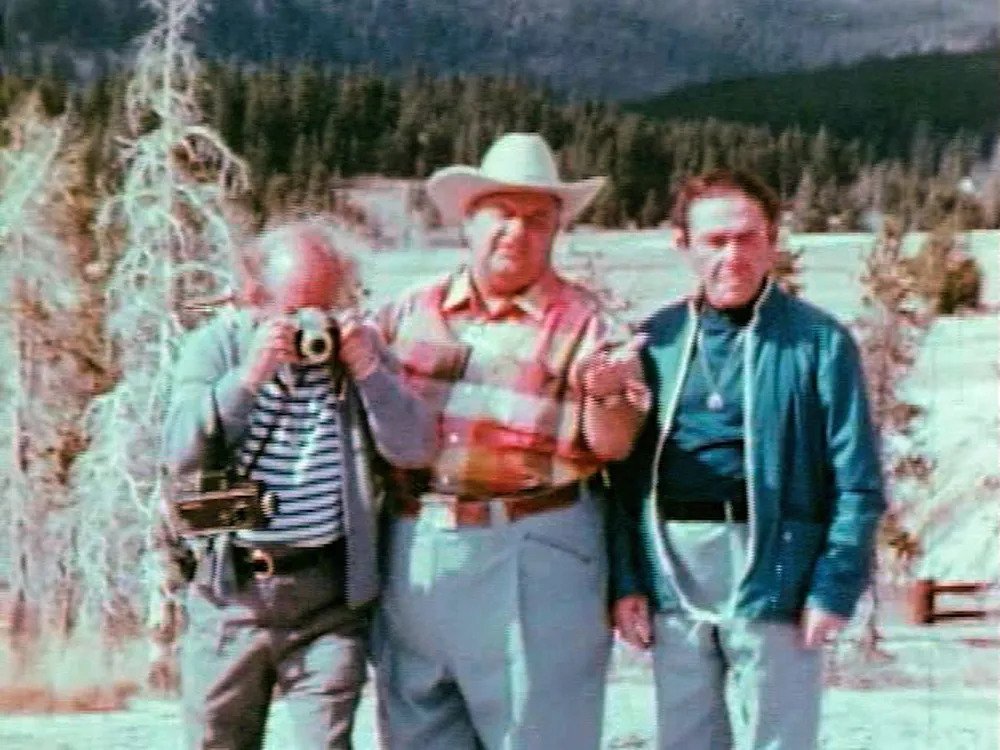
The Stooges were kept busy throughout the decade of the 1960s thanks to a string of lucrative concert tours, as well as film and television appearances. s the decade proceeded, it became increasingly difficult for them to carry off their slapstick performances as a result of the fact that they were becoming older.
At the end of the decade, their performance evolved to one more fitting for their age. His crew taped the pilot for a potential travelog-comedy hybrid show named Kook's Tour.
Hey, we were "retired" at this point. The Three Stooges would go to various real-life locations worldwide in this series. Unfortunately, events transpired throughout the shooting...
Less than a Week Left for Larry
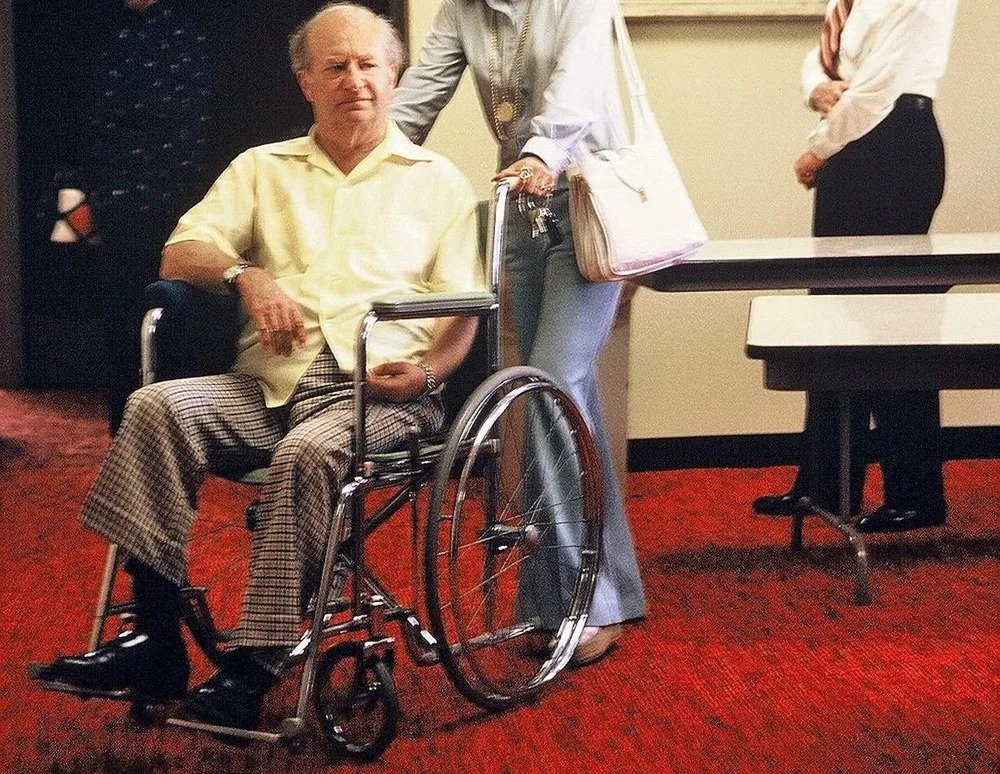
In 1969, just as production on the pilot episode of Kook's Tour was about to close, Larry Fine suffered a severe stroke that left him crippled.
Fine was going to spend the next five years confined to a wheelchair, which was a depressing prospect for someone who took pleasure in dancing. Ine endured a slew of more strokes towards the end of 1974, and he died in January of 1975 due to his complications.
The Stooge Has Disappeared
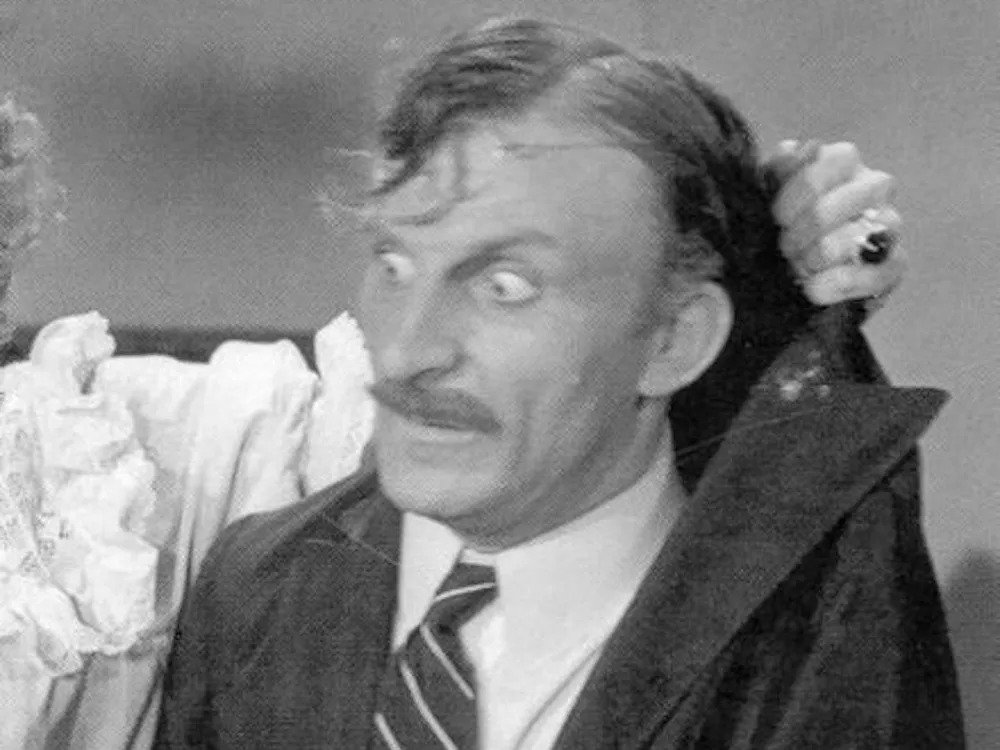
After Fine's strike, Moe Howard intended for the Three Stooges to continue working together. Mil Sitka, a longtime collaborator who has been called "the Fourth Stooge" by fans due to his many appearances in Stooges films, was brought in to portray a new third stooge.
Fans have given this nickname to Emil Sitka because of his regular appearances in Stooges shorts. Sitka would play the role of Harry, Larry's younger brother. But things didn't turn out quite like that.
The End of All Things
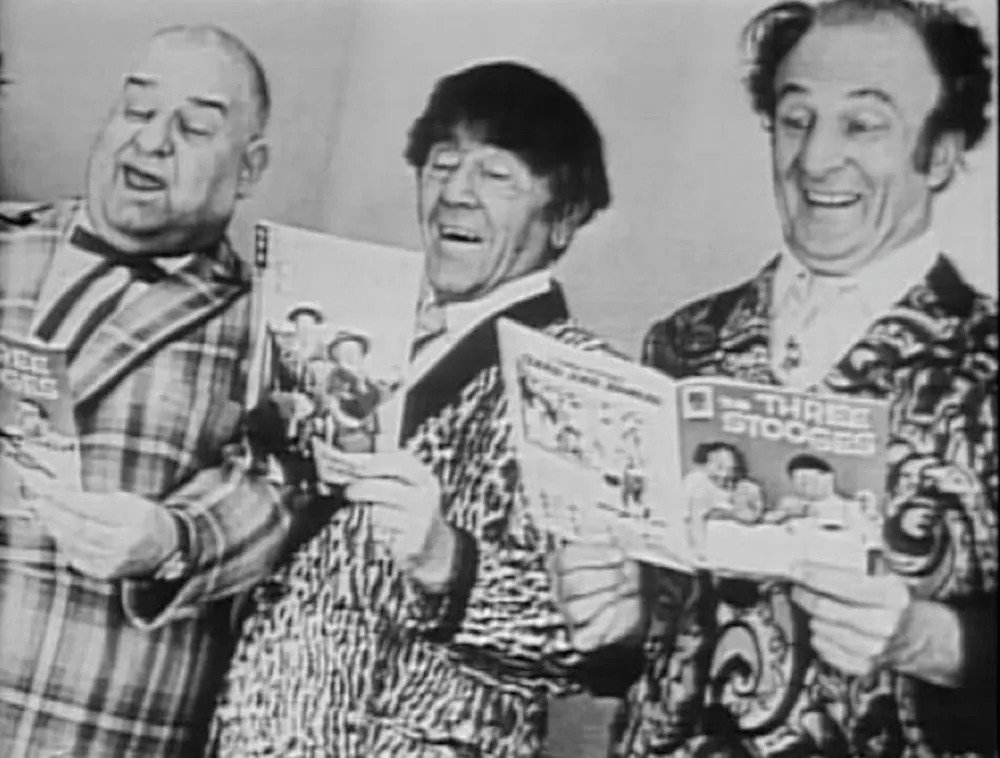
When the Three Stooges were offered a role in the 1974 picture Blazing Stewardesses, Emil Sitka had not yet made his debut in the film industry. After the announcement of the casting call, photographs for publicity were shot (above).
On the other hand, Moe Howard was informed that he had lung cancer just before production began. e immediately disbanded the Stooges and passed away suddenly in March of the following year. t this point, the Three Stooges did not exist as a cohesive collective entity anymore.
The Heat is Turned up a Notch at ABC.
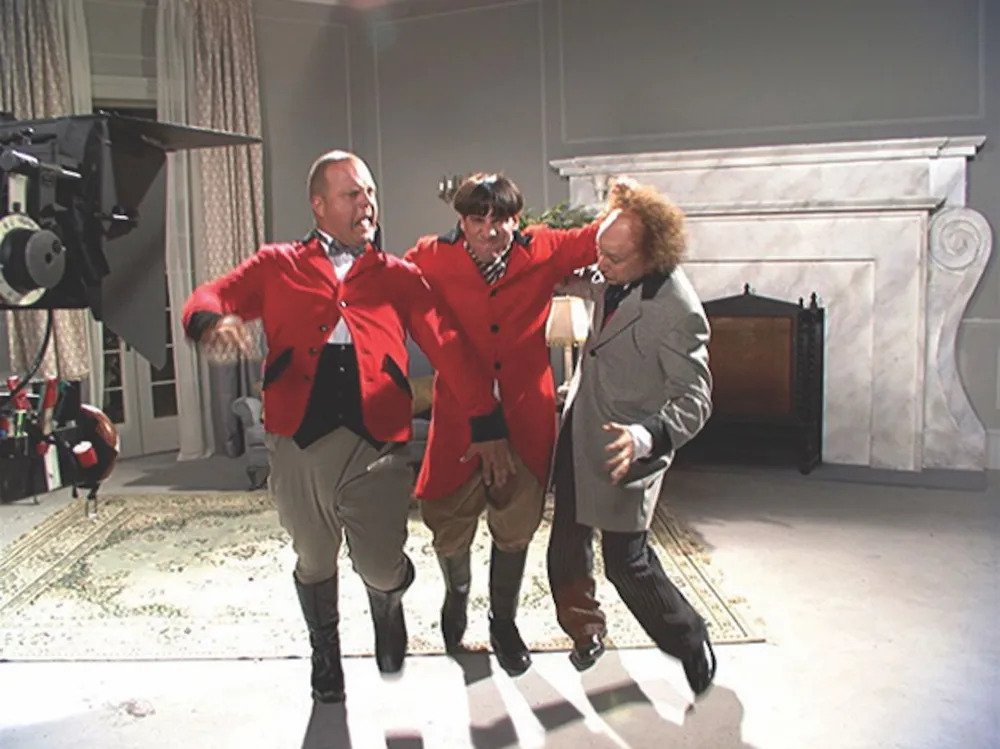
The legacy of the Three Stooges continued to flourish even after the passing of Larry and Moe. the popularity of the comedic pair was demonstrated by the airing of a much-anticipated television film starring the duo on ABC in the year 2000.
The film's primary focus was the conflict that occurred behind the scenes of The Three Stooges. The movie got mostly positive reviews from critics. However, there was some disagreement among them.
A Return to the Spotlight of the Cameras
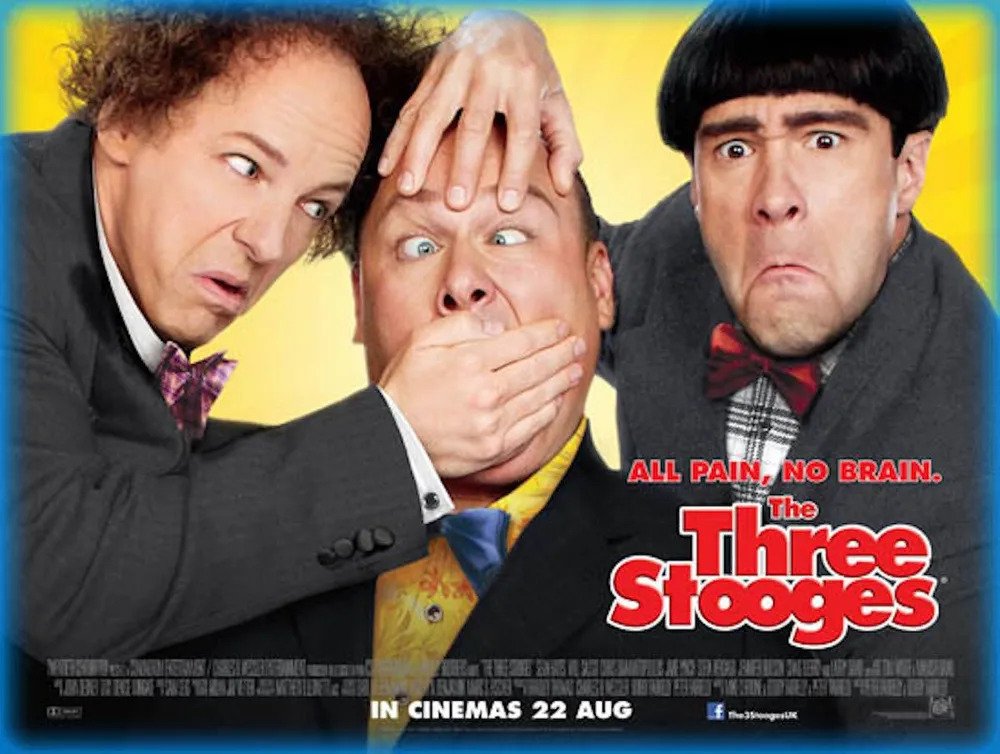
The Three Stooges returned to the big screen in 2012 for the first time 2012. The Farrelly Brothers did not direct a biopic for this project. The hat was not the case; instead, it was a 21st-century reimagining of three classic Three Stooges short films.
The movie featuring Chris Diamantopoulos, Sean Hayes, and Will Sasso as Moe, Larry, and Curley did not receive a warm reception from critics or audiences.
A Formidable Foe
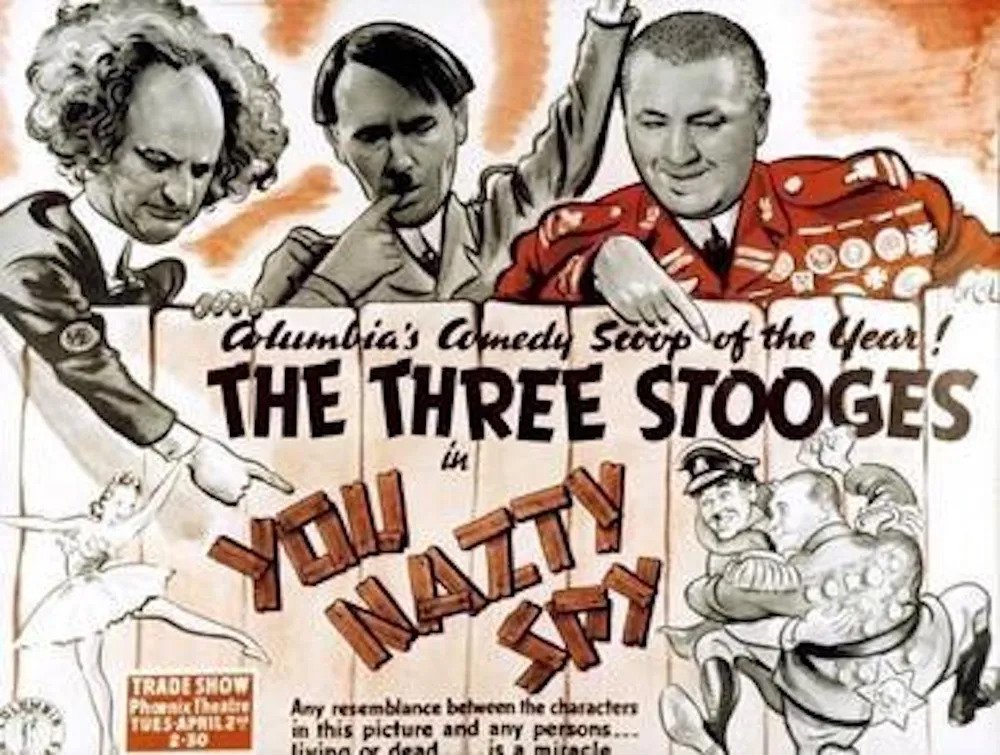
The fact that the Three Stooges had a rival in Adolf Hitler symbolizes, maybe more than anything else, the legacy they left behind.
The Three Stooges were the comedic actors who portrayed Adolf Hitler in the film You Nasty Spy!, which was released in 1940. Hitler included persons of miniature stature on his "destruction list" because they were so angry about the list.
